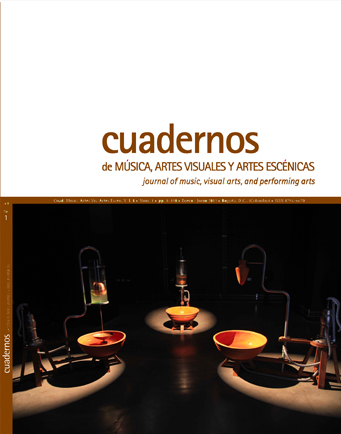Abstract
En el ámbito de la música popular argentina, durante las décadas de 1960 y 1970, al fenómeno denominado “folklore” se opusieron otras músicas que criticaban su arraigo en la idea de tradición, denunciaban manipulaciones de la industria discográfica y proponían una “modernización” a través de cambios e innovaciones. En este trabajo se analiza la música de proyección folclórica como una de esas prácticas alternativas al folclore imperante, con el fin de explicar cómo ha sido la relación entre esta música y la ciudad de Buenos Aires. Para ello se propone una caracterización del concepto de escena musical distinta de las brindadas por los estudios de la música popular.
This journal is registered under a Creative Commons Attribution 4.0 International Public License. Thus, this work may be reproduced, distributed, and publicly shared in digital format, as long as the names of the authors and Pontificia Universidad Javeriana are acknowledged. Others are allowed to quote, adapt, transform, auto-archive, republish, and create based on this material, for any purpose, provided the authorship is duly acknowledged, a link to the original work is provided, and it is specified if changes have been made. Pontificia Universidad Javeriana does not hold the rights of published works and the authors are solely responsible for the contents of their works; they keep the moral, intellectual, privacy, and publicity rights.
Approving the intervention of the work (review, copy-editing, translation, layout) and the following outreach, are granted through an use license and not through an assignment of rights. This means the journal and Pontificia Universidad Javeriana cannot be held responsible for any ethical malpractice by the authors. As a consequence of the protection granted by the use license, the journal is able to publish retractions or to correct information already published. Publishing contents in this journal does not generate royalties for contributors.


